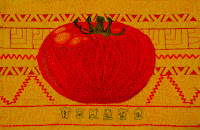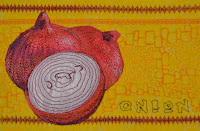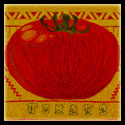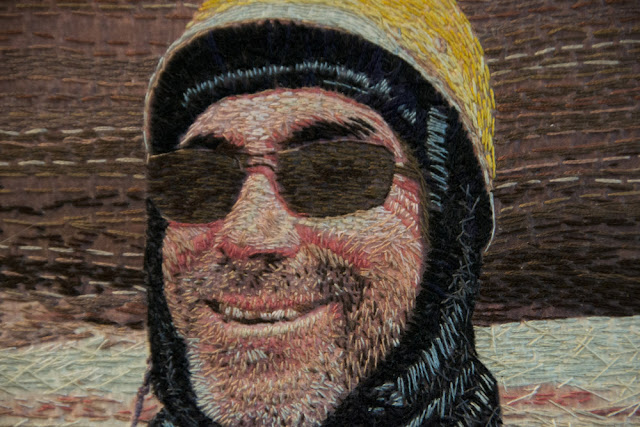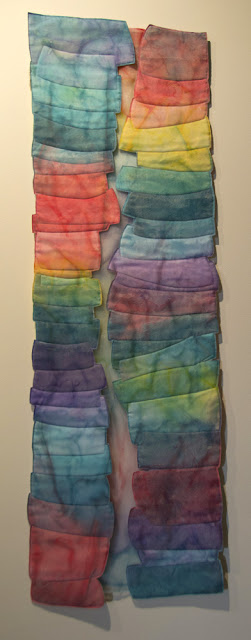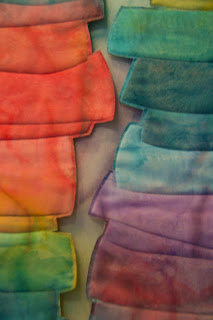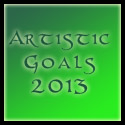Today was all about the High Fiber Diet… and I’m not talking about food! Our local Bellevue Arts Museum or ‘BAM’ is currently hosting a Biennial exhibition which is featuring Fiber this year! BAM has considered one of its roles to include recognizing “the enduring and uninterrupted role of craft in shaping the aesthetic landscape of the region” (from the High Fiber Diet exhibit pamphlet.) Today they hosted an all day Symposium with incredible speakers and moderators which left me itching to come home and create! Since today was our normal day for our Contemporary QuiltArt Association meeting, we choose to meet at the symposium instead… which gave BAM a sold-out crowd!
 |
| “Oyster Light” by Barbara Lee Smith |
 |
| “Oyster Light” detail by Barbara Lee Smith |
One of the well-known moderators was Barbara Lee Smith, a resident of a small island in the Puget Sound. Barbara’s piece, “Oyster Light” is made from painted, collaged, and stitched synthetic fabric- a translucent, non-woven industrial fabric that looks like Japanese paper. Her sewing lines “echo the currents of sea and air, the topography of the earth, mapping the work with stitches that literally and figuratively finish it.”
 |
| Lorraine Barlow, Howard Barlow, Nate Steigenga, Jiseon Lee Isbara and Barbara Lee Smith (from left to right) at BAM Symposium 2/09/2013 |
Barbara moderated a talk called “Reinventing Tradition” with four of the other artists in the show. It was fascinating to hear the viewpoints and how tradition has influenced some very cutting-edge fiber artists.
 |
| “The Infallible Accounts of the Tilapia People and the Dead Which Soon Outnumbered Them: a Toile De Jouy” by Nate Steigenga |
One of the artists on the panel, Nate Steigenga, won the John and Joyce Price Award for Excellence for the BAM show, earning him his own solo show in the future. The fascinating thing about his piece is that it is reminiscent of a traditional quilt… sort of a tree of life feel, but when you get up close it’s much closer to something you’d see Hieronymus Bosch create with fabric! It’s actually a twist on Toile de Jouy, a type of fabric with an intricate scene printed on it. This artwork is made from bedsheets and pillow shams are backed with ironed-on drawer liners, which gives shade and depth to semi-transparent fabrics. Nate uses an exceptionally fine collage technique (many of his pieces are tooth-pick wide slivers.)
While I appreciate the process that went into the piece, as well as the black humor, I find it somewhat disturbing… I could stare at Barbara Lee Smith’s piece all day, but this left me somewhat disquieted. But perhaps that is the point.
 |
| Detail from Nate Steigenga’s artwork |
 |
| Detail from Nate Steigenga’s artwork |
There really is so much to say about all the pieces at this exhibition that it will probably take me many, many posts to share them all with you.
In a way, it was somewhat daunting. Here are “real” fiber artists… at least to this museum’s tastes. Art should be an expression of oneself and each piece in this exhibit is so different that it’s can be overwhelming. A few of the people discussed the sense of the the exhibit being “loud” since there is so much (44 artists… many with huge sculptural pieces) and that it isn’t a body of work that all goes together.
I found some of the work inspirational, some of it to be admired for technique, and some awe-inspiring for the scale or complexity which the artist achieved. But, most importantly, it was wonderful to be immersed in a community of artists with a “common thread” running through us all. Seeing all my CQA friends, meeting many of the artists with pieces in the show, it reminded me of how important it is to get out of the studio from time-to-time and see others who are involved in your genre of art.
I’ll post more photos from the exhibit soon.
You Might Also Be Interested In:
 |
 |
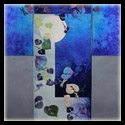 |
| Complex Threads 1 | Complex Threads 2 | Viewing for Inspiration |




